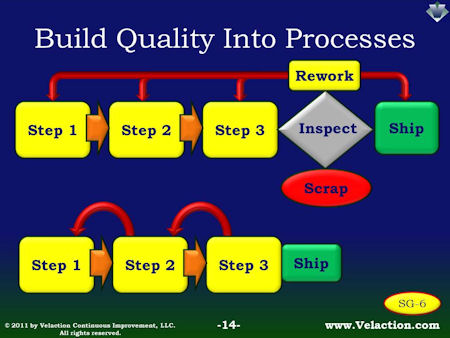Executives
Executives are the senior leaders in an organization. They make the sweeping decisions that affect a large cross-section of the company at the same time. These senior leaders are usually the ones responsible for bringing Lean into an organization and setting the course that it will follow. Many executives can Read more…


